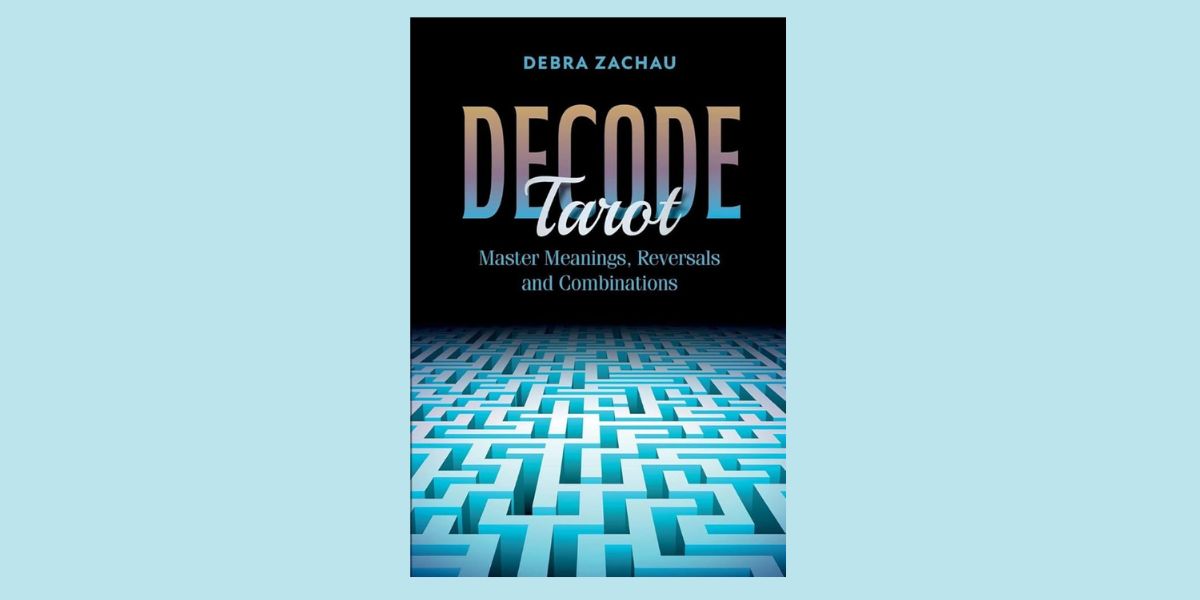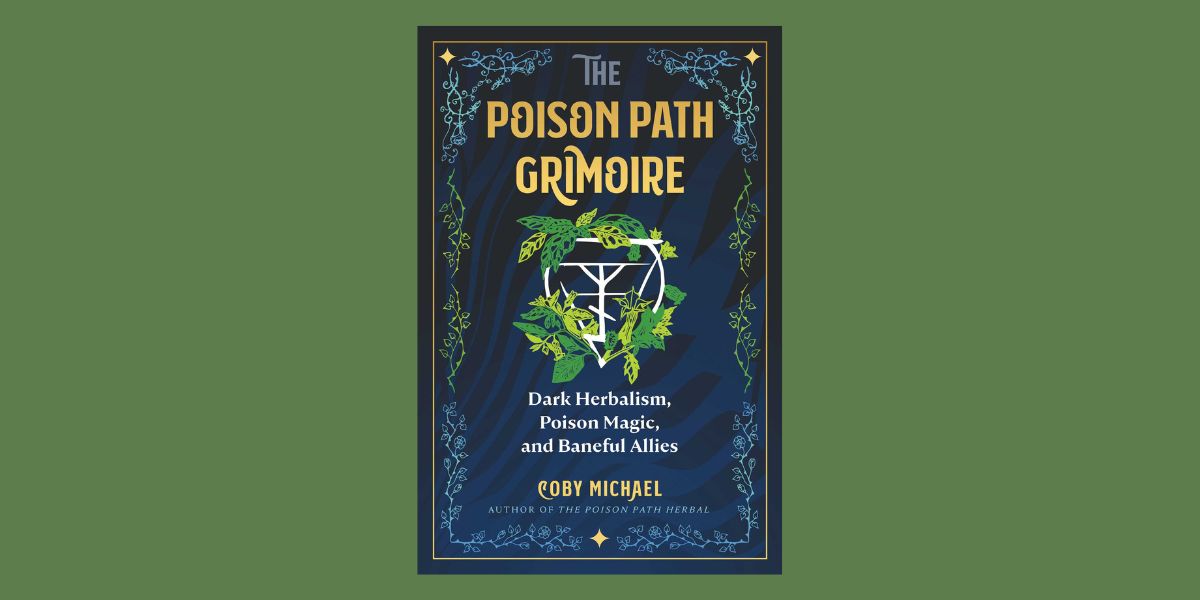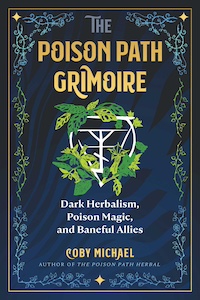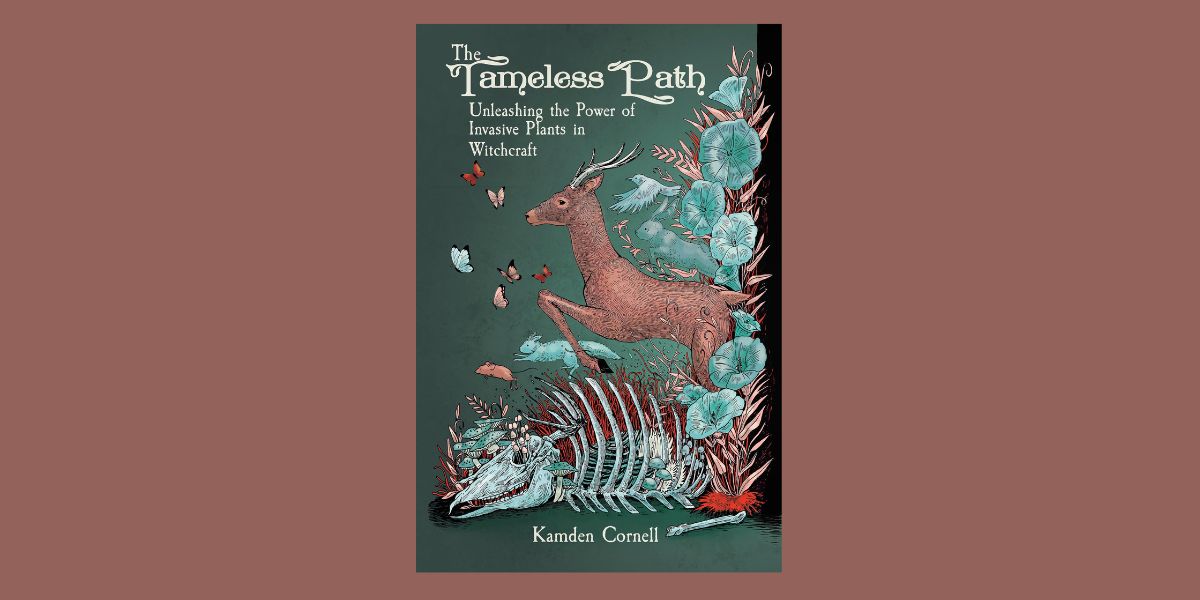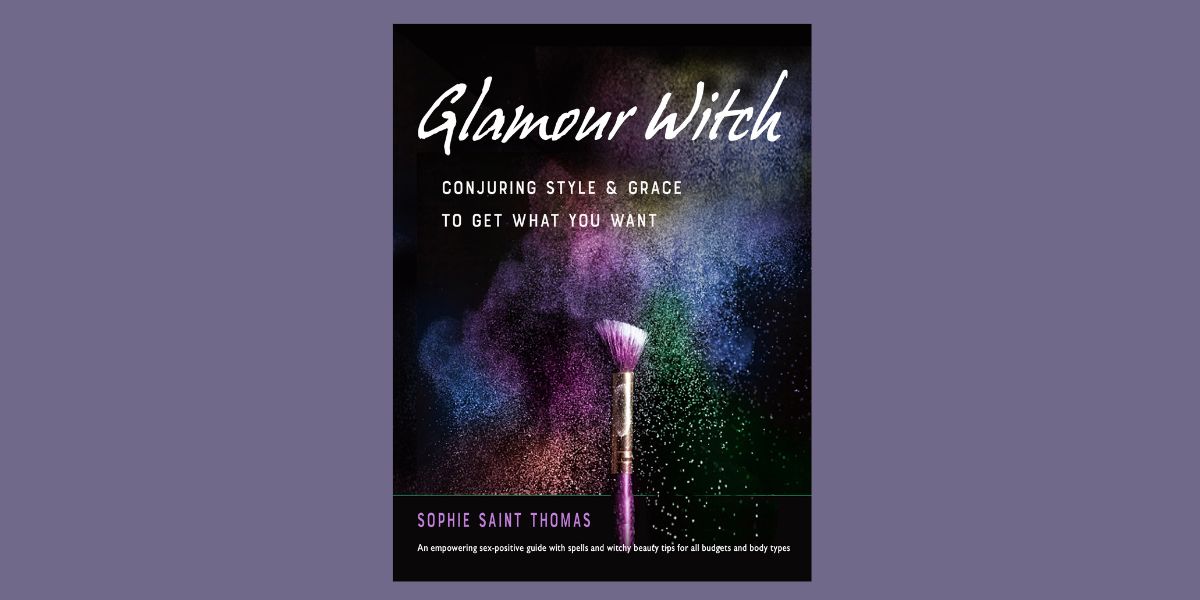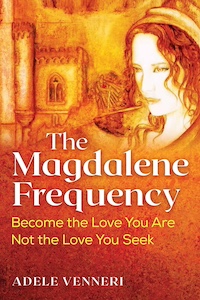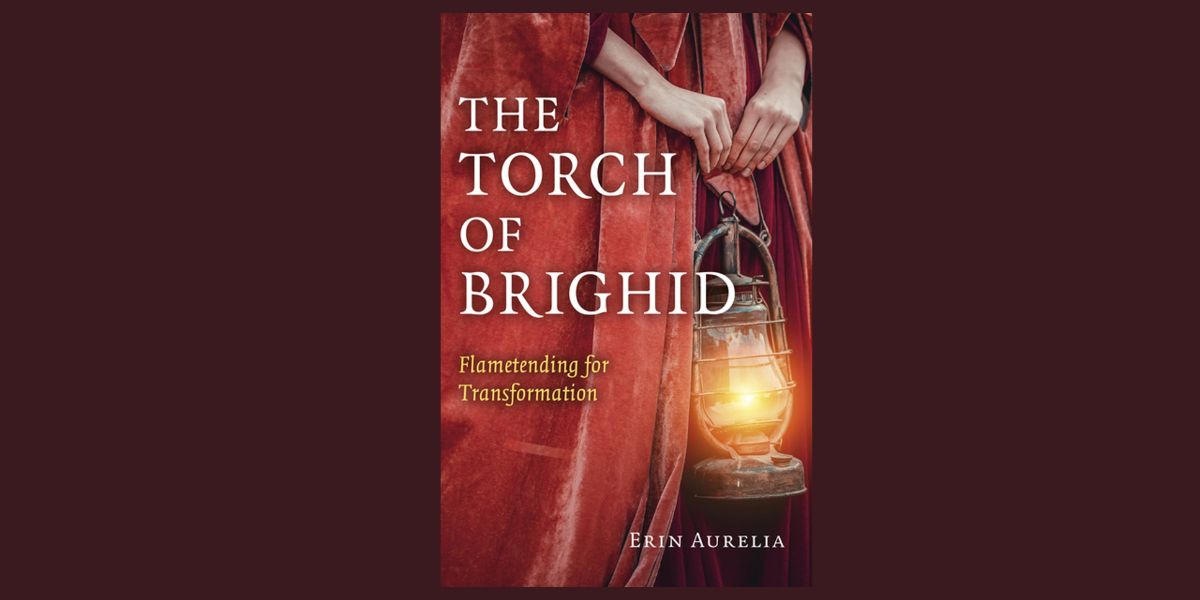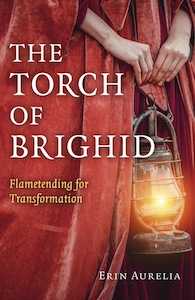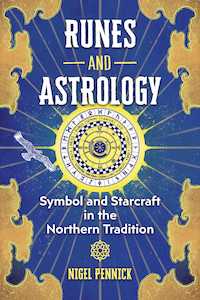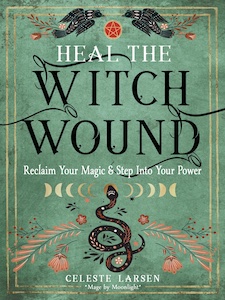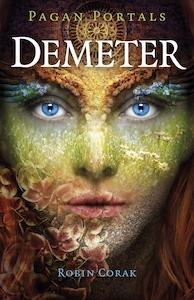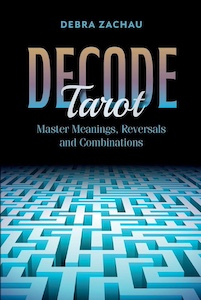
Decode Tarot: Master Meanings, Reversals, and Combinations, by Debra Zachau
REDFeather, 0764368060, 176 pages, September 2024
Mastering the art of reading tarot cards is not an easy task. While there are tons of books published on the subject, many present contrasting definitions with respect to the symbolism behind each card as well as differing methods of learning the meaning of each individual card. With so much out there, it can be very difficult to navigate the process of learning.
A spiritual teacher, author, and speaker who has read cards for over 10,000 people, Debra Zachau is well positioned to impart her knowledge on how to master the cards and their meanings including reversals. Her book Decode Tarot: Master Meanings, Reversals, and Combinations is incredibly insightful and takes the reader on a journey of self-discovery using tarot.
As a tarot reader, I am constantly reading books about the topic to gain more insight into the cards and their meanings. It’s fascinating to see how many different interpretations and re-imaginings of the cards there are. And while most of the information pertaining to this divination system is similar, none of it is boring! With separate chapters for each individual card, Zachau has imparted a deep understanding of the cards and how they interact with one another.
The table of contents is robust, with chapters on suits and their personalities, the minor arcana, and separate sections for the court cards and the major arcana. The sectioning in this fashion makes sense to me, as most people when starting out get caught up in the sheer number of cards they think they need to memorize. Using basic language, Zachau imparts her knowledge in a friendly, easy-to-read way that makes the reader feel as though they are sitting at a table chatting, mug of tea in hand. Very comforting when you think about how many cards there are in a tarot deck!
For each card, Zachau presents a basic description of the card as well as possible meanings when paired with other cards. She uses a variety of suits and cards to illustrate the snippets of stories that the cards tell when doing a reading for yourself or another person. For example, Zachau pairs the 9 of Wands with the 10 of Wands to show that, “…it looks like you are fighting to keep doing more for others. This is a very unbalanced situation…the responsibilities to keep the family going fall to their partner.”1
I am really impressed with the way Zachau handled the court cards in “Part Two: Master the Courts” section of the book. Normally the bane of tarot readers, Zachau has managed to sidestep the traditional definition of these cards and instead insert her own, resulting in a much clearer idea of the energies these cards are meant to represent. The traditional method shows Kings and Queens as men and women over the age of 40, respectively. Knights are usually men or women between 18-39, and Pages are dependent children under the age of 18. Also, don’t come after me for these descriptions as they are older than me and I didn’t make them up.
Zachau instead assesses Kings and Queens as older than whoever she is reading for. She explains, “I throw away the 40-year-old rules and read these patriarchs and matriarchs as men and women who have some sort of authority or title over my client”2. Hearing the cards explained in that way makes so much more sense than the traditional description which is often a barrier to working out the meaning in a reading. She continues:
“I read Knights in the spread as peers, coworkers, friends, and siblings, regardless of gender and age. The suit traits will identify their personality…will give an idea as to how they relate to your client’s life. Pages are dependent people, whether they are under 18 of age (sic) or an adult, with limited capacity to support themselves…I have discovered that often, overly insecure or immature partners will come through a reading as a Page as well.”3
Personally, this chapter was a lightning bolt for me. While not a novice reader, I have at times struggled with court cards in readings I have done, and this clear explanation resonates with me. I have done work around linking specific court cards to various energies they represent, and this was a good addition to what I have already puzzled out for myself. Zachau provides a list of people and characters she equates to the various suits, which is also very helpful, and goes deep into the suits in the context of the court cards and what they represent.
The section concerning the Major Arcana cards is robust and well laid out, with hefty descriptions and explanations of each card along with specific pairing with other cards in the deck. Not surprising, there is over a full page devoted entirely to the Tower card, one of the most unwelcome cards in any deck. I love Zachau description of this card:
“…I have discovered that most readings containing the Tower show that my client has an intense desire to control a situation that isn’t supposed to be manifested, and a change in perspective now, at the time of the reading, can offset harsher life lessons down the way.”4
A great way to express the energy of this card and one I will remember for my own readings.
If you read tarot or are interested in the subject or know someone who is, pick up Decode Tarot. It’s a great way to see how the cards speak to each other and gain a full understanding of why this modality is so popular and timeless.

Sarrah October Young is a writer and practising witch who wished she could do stand-up comedy. When she isn’t writing or witching, she can be found posting about her cats on IG @therealoctober.
